The KRW stablecoin race is in full swing: banking alliances, tech giants, and Web3 companies are all entering, who can take the lead?
Words: Zen, PANews
Before his official inauguration, South Korean President Lee Jae-myung clearly proposed in his election platform to support the innovative measures of "local currency-pegged stablecoin", aiming to curb the outflow of wealth and enhance the competitiveness of the country's digital financial ecosystem. After the Lee Jae-myung government came to power, South Korea's cryptocurrency industry was "ready to move": not only did eight major commercial banks prepare to launch a joint project for the won stablecoin, but traditional tech giants and Web3 companies also deployed to try to seize the opportunity in the increasingly fierce regional and global stablecoin race.
At the same time, the National Assembly is deliberating the Basic Law on Digital Assets to provide a legal basis for private institutions to issue won stablecoins, and the financial regulatory authorities are also speeding up the establishment of operational norms in line with international standards. It can be seen that the second half of 2025 to the first half of 2026 may be the window period for the "explosive" growth of the Korean stablecoin market. In this article, the PANews system combs through and deeply analyzes the main players, business models and innovation trends of the Korean stablecoin market, focusing on several potential issuers.
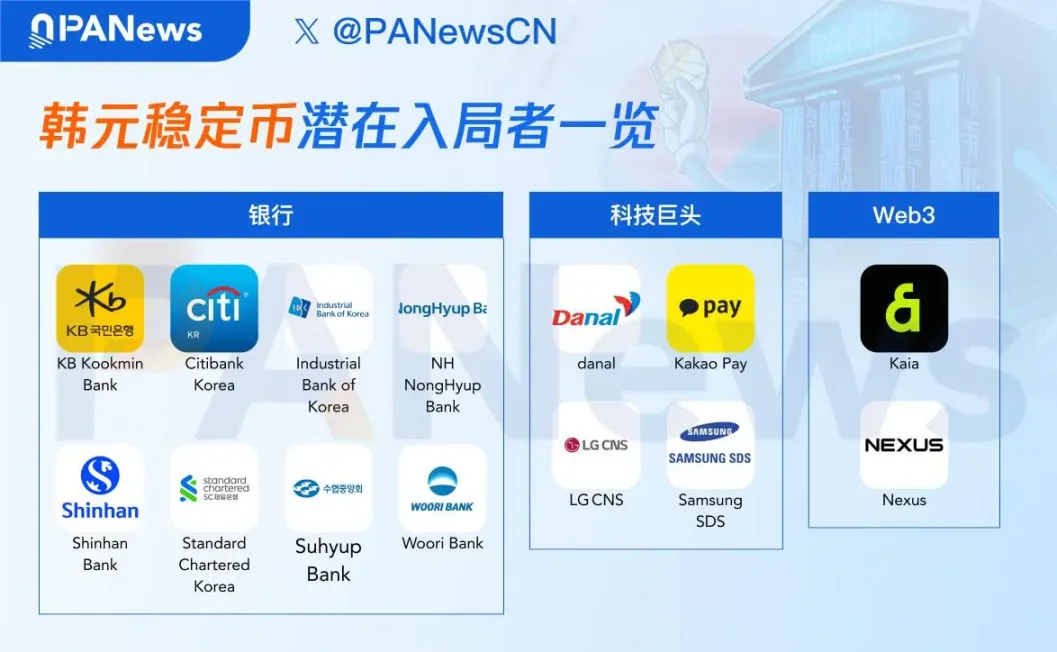
Korea Banking Union
Since the introduction of stablecoins could have a significant impact on monetary policy and transaction settlement systems, the Bank of Korea has been hesitant to use stablecoins as an alternative to fiat currencies, although it sees the role of stablecoins in the field of fintech innovation and promotion. Bank of Korea Governor Rhee Chang-yong said in mid-June that the central bank is working with relevant institutions to develop a regulatory framework for stablecoins to ensure their stability and utility while preventing them from being used to circumvent exchange controls. Rhee then also expressed caution about the won stablecoin.
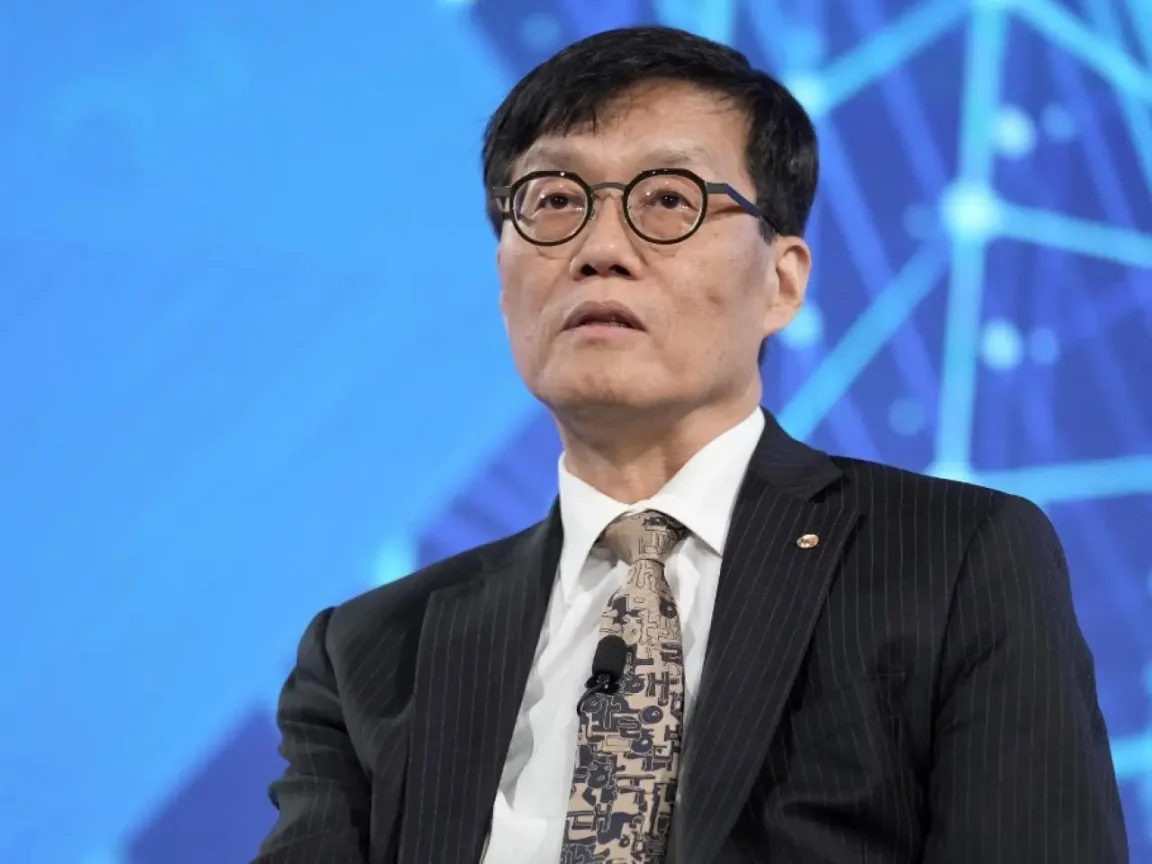
Bank of Korea Governor Rheu Chang-yong
Under this cautious policy guidance, the most competitive participants in the KRW stablecoin track are none other than banking institutions. According to Reuters, on June 24, Bank of Korea Senior Deputy Governor Ryoo Sang-dai said at a press conference that it is best to roll out won-denominated stablecoins gradually, and that they should be issued first by heavily regulated commercial banks. After accumulating sufficient experience, it will gradually expand to the non-bank sector to prevent shocks to monetary policy and the payment system.
On June 25, South Korean media "Economic Review" reported that eight major banks in South Korea plan to set up a joint venture to issue won stablecoins, including KB Kookmin Bank, Shinhan Bank, Woori Bank, NH NongHyup Bank, Industrial Bank of Korea, and Suhyup Bank), Citibank Korea and Standard Chartered Korea. In addition, the Open Blockchain & Decentralized Identifiers Association (OBDIA) and the Korea Financial Telecommunications and Clearing Agency, a non-profit organization responsible for Korea's interbank payment infrastructure, or KFTC, will participate in coordination and cooperation.
It is reported that the project team is considering two stablecoin issuance models, one is the trust model, which first trusts customer funds separately and then issues stablecoins; The second is the deposit token model, which pegges stablecoins to bank deposits. At present, discussions are underway between the above-mentioned banks on the joint construction of infrastructure, and the establishment of a joint venture company may be possible as soon as the end of this year or the beginning of next year, after the legal system is improved.
According to the disclosed information, among the eight banks mentioned above, KB Kookmin Bank, the largest retail bank in South Korea, is the most active in the stablecoin layout. It has taken the lead in the process of obtaining trademark rights related to stablecoins, and the trademarks to be applied for include a combination of "KB" and the Korean won symbol "KRW", such as KBKRW, KRWKB, KBST and KRWST. Kookmin Bank's move is the first time that a traditional Korean bank has officially entered the stablecoin space. With a network of more than 1,000 branches and a large customer base, the bank is the core leader of the joint venture, both in terms of business scale and layout.
Shinhan Bank is the leader in the Korean retail market along with KB Kookmin Bank, and has made several attempts to integrate with virtual assets in recent years. It first partnered with Hedera in 2021 on a KRW stablecoin pilot to determine if it was possible to issue and distribute stablecoins for financial use cases with lower fees and shorter completion times than existing systems, while also making transactions traceable. In 2022, Shinhan Bank also issued virtual accounts to some companies that can trade virtual assets. In April this year, the bank participated in Project Pax, a demonstration experiment of Korea-Japan overseas remittances based on stablecoins, led by Japan's Programat, South Korea's Fair Square Lab, and Korea's Digital Asset Depository (KDAC), which aims to build a next-generation global remittance and payment system using digital assets.
In addition, Woori Bank and NH Nonghyup Bank also have extensive experience in international payments, and have played important roles in CBDC testing, inter-bank RTGS and blockchain projects. Corporate banking has been deeply engaged in the field of SME credit and trade finance for many years, which can provide cost advantages for enterprise-level application scenarios. Standard Chartered and Citigroup Korea branches are backed by the international network of their parent banks, or provide overseas clearing and offshore liquidity support for stablecoins.
Kakao Pay vs Kaia
As a leader in the field of payment in South Korea, Kakao Pay is the most active among the large manufacturers in the layout of the Korean won stablecoin.
Founded in 2014, Kakao Pay has surpassed 10 million users in just 20 months with the Kakao Talk instant messaging app, and in 2017, it received a $200 million strategic investment from Alibaba Ant Financial, establishing itself as the leader of the mobile payment market in South Korea. As of mid-2025, Kakao Pay's penetration rate in online and offline QR code payments, P2P transfers, and e-commerce settlement scenarios in South Korea has exceeded 60%. In terms of market share and active user scale, its position in South Korea is comparable to China's Alipay and WeChat Pay.
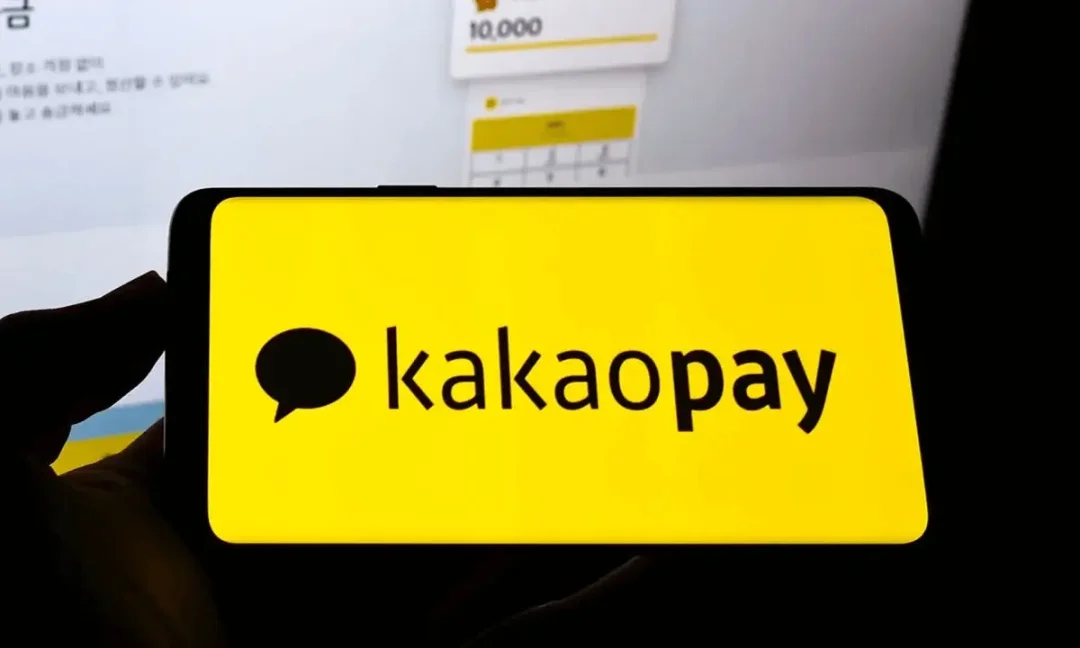
After the pro-crypto Lee Jae-myung took office, the Kaia team quickly announced that it would join forces with super apps such as Kakao Pay and LINE NEXT to plan to launch a won stablecoin, and the stock price of Kakao Pay soared nearly 30% on the news. On June 22, Kakao Pay officially launched the KRW stablecoin business layout, intending to seize the opportunity in the stablecoin market. According to the Korean media "Seoul Economy", Kakao Pay submitted 18 stablecoin trademark applications with the Korean Intellectual Property Office in combination with "KRW", "K" AND "P", such as "KRWKP" and "KWRP", covering the fields of virtual asset financial transactions, electronic transfers and intermediary services, indicating its high expectations for the stablecoin business.
Kakao Pay will actively cooperate with the legislative process of the Basic Law on Digital Assets, with a view to becoming one of the first batch of compliant stablecoin issuers after the regulations are implemented. Kakao Pay will also be able to leverage its traditional business advantages and closely collaborate with the ecosystem of parent companies such as Kakao Bank and Kakao T to achieve deep integration of social networking, payment, and financial services, and provide a huge number of application scenarios for stablecoins.
Kaia is an EVM-compatible Layer 1 public chain formed by the merger of Klaytn (Ground X, a subsidiary of Kakao) and Finschia (a subsidiary of LINE) in August 2024, aiming to connect a total of 250 million users of Kakao Talk and LINE. At the beginning of June 2025, KaiaChain Chairman Sam Seo made it clear on social platforms that he would "fully promote the issuance of KRW stablecoins" on the Kaia mainnet, and said that "the summer of stablecoins has just begun" Earlier, Kaia has launched local USDT and cooperated with Tether to introduce USD₮ into the Kaia ecosystem, laying a technical and ecological foundation for the subsequent KRW stablecoin.
Related reading: "Taking advantage of South Korea's policy, can Kaia public chain enter the "stablecoin summer"? 》
Kaia cooperates with super apps such as Kakao Pay and LINE NEXT to plan stablecoin projects, aiming to achieve cross-chain and cross-platform circulation of "on-chain + social + payment" integration. With the ecological synergy between the underlying public chain and the terminal payment, once the policy is approved, its stablecoin project can be quickly launched and seize market opportunities.
Danal
Danal, a long-established payment service provider in South Korea, is also a widely favored player, having launched PayCoin (PCI) in 2019 and made early explorations in the virtual asset payment space. At one point, PayCoin had more than 1 million registered users across multiple offline and online merchants, but due to the uncertainty of regulations at the time, the project was eventually suspended due to VASPs (virtual asset service operators) registration barriers.
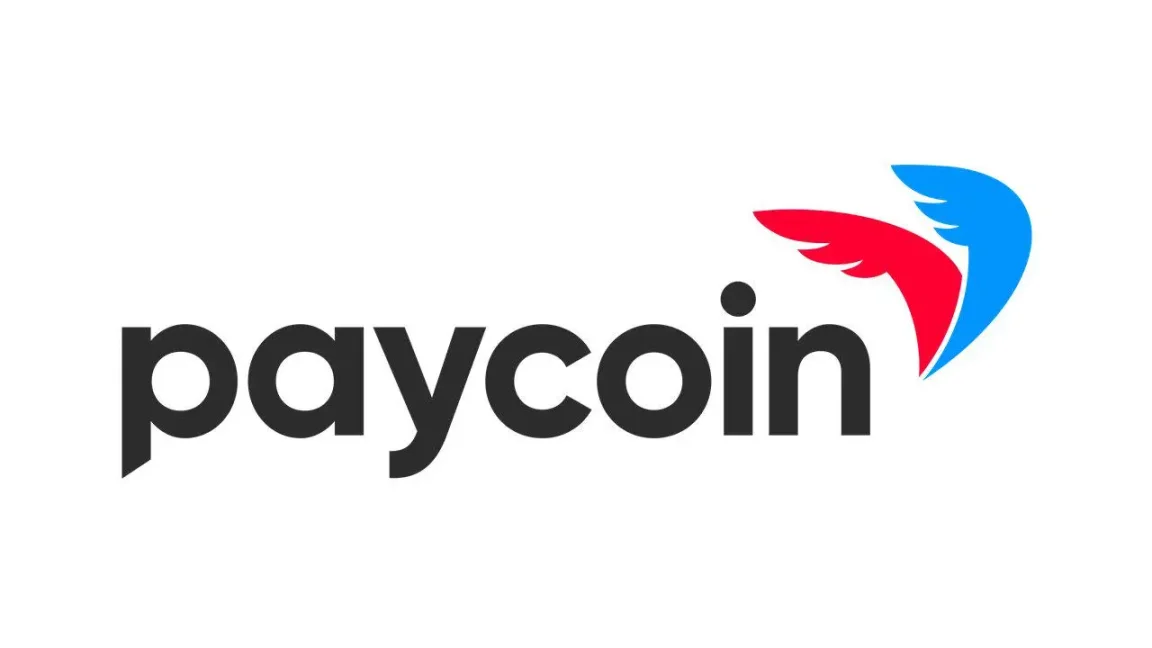
As the South Korean government accelerates the legislative process of the Basic Law on Digital Assets and explicitly supports the policy direction of local currency-pegged stablecoins, Danal has relaunched its digital currency business. According to MK, Danal has filed a number of patent applications with the Korean Patent Office in June 2025 for "POS terminals supporting virtual asset payments and their operation methods", aiming to provide underlying technical support for possible stablecoin payment scenarios in the future.
At the technical level, Danal has a natural advantage in the business process of stablecoins by virtue of its POS terminal network and payment and clearing system accumulated over the years. On the one hand, its POS terminal can directly identify and settle on-chain tokens, simplifying the payment path for users. On the other hand, its back-end system for merchant settlement can seamlessly integrate with off-chain reserve management, providing prerequisites for compliance audits and proof of reserves.
Nexus
Blockchain startup Nexus also expressed its desire to become the first issuer of the won stablecoin on the same day that Kakao Pay officially entered the stablecoin track.
According to ZDNet Korea, Nexus has issued a won stablecoin called KRWx on BNB Chain and filed an application for registration of the trademark with the Korean Patent Office. In addition, they also filed trademark applications for fiat stablecoins such as the US dollar (USDx), Japanese yen (JPYx), and euro (EURx).
Nexus CEO Jang Hyun guk said that they chose to pre-release KRWx on BNB Chain in order to establish a first-mover advantage, and stated that they will continue to launch more fiat-pegged stablecoins, emphasizing that "the raison d'être of stablecoins lies in their utility" and their opportunities in the globalized system of the digital economy.
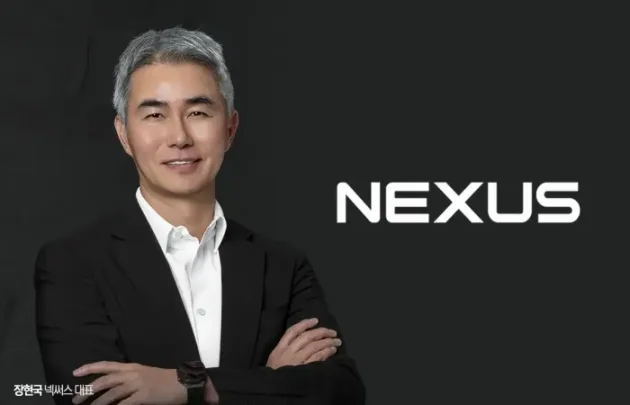
Nexus CEO Jang Hyun guk
In addition, gaming media "G-Ennews" reported that Nexuss is preparing for the issuance of "KRWx" and other fiat currency stablecoins, and plans to set up a Hong Kong subsidiary, Nexus Stable HK, to leverage its advantages in Hong Kong's legal and trading market to promote the internationalization of stablecoins.
Other potential participants
Samsung SDS, the IT solutions and system integration subsidiary of Samsung Group, launched Nexledger, is one of the most mature enterprise-grade private chain solutions in the Korean market, supporting multi-party signatures, cross-chain interoperability, and high-performance throughput. Industry insiders believe that Nexledger already has the three core characteristics of "traceability + high reliability + auditability" required by stablecoins, and once the issuance plan is finalized internally or by partners, the technical preparations are almost ready.
According to Chosun English, Samsung SDS has been listed as one of the possible "infrastructure providers" against the backdrop of South Korea's upcoming policy of opening up its local currency-pegged stablecoin, and its corporate customers may issue or custody stablecoins through Nexledger.
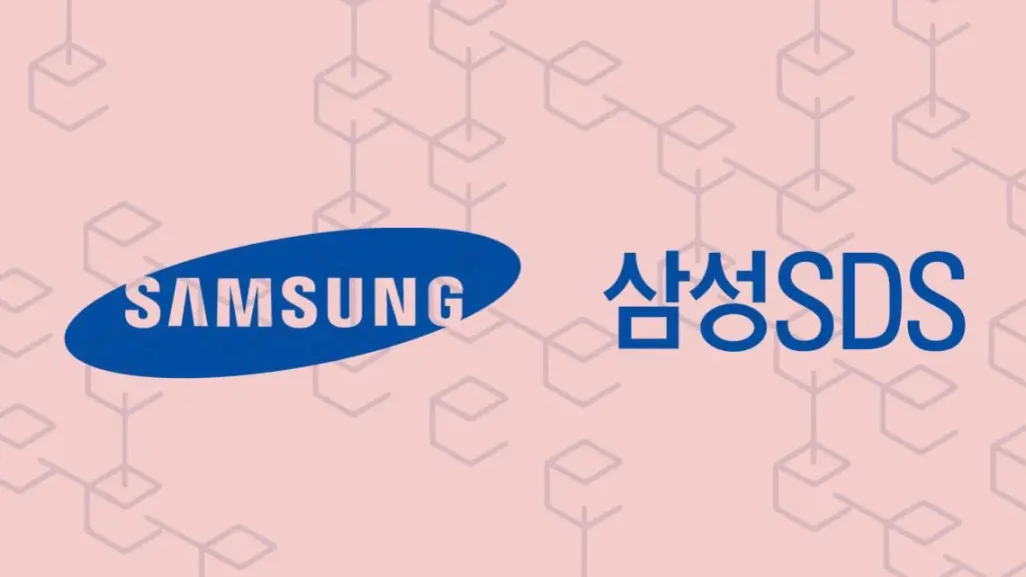
LG CNS, LG's IT solutions and system integration subsidiary, is also considered a potential participant and beneficiary due to the adequacy of the underlying infrastructure. It was selected as the official contractor for the Bank of Korea's (BOK) wholesale CBDC/tokenized deposit system to build an open blockchain platform with a project budget of approximately KRW 9.68 billion, covering the period from Q3 2024 to March 2025.
As a core provider of wholesale CBDC and digital currency solutions, LG CNS has mastered the core capabilities of on-chain asset management such as minting, clearing, auditing, and custody. With the advancement of the Basic Law on Digital Assets, the private sector will gradually be qualified to issue stablecoins, and LG CNS can occupy the role of infrastructure provider through technology output.
